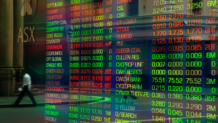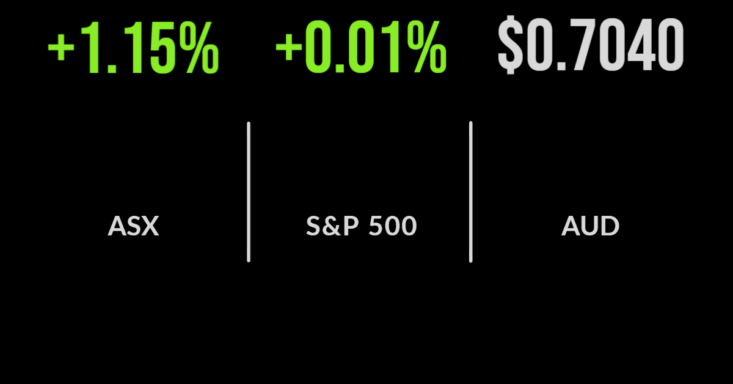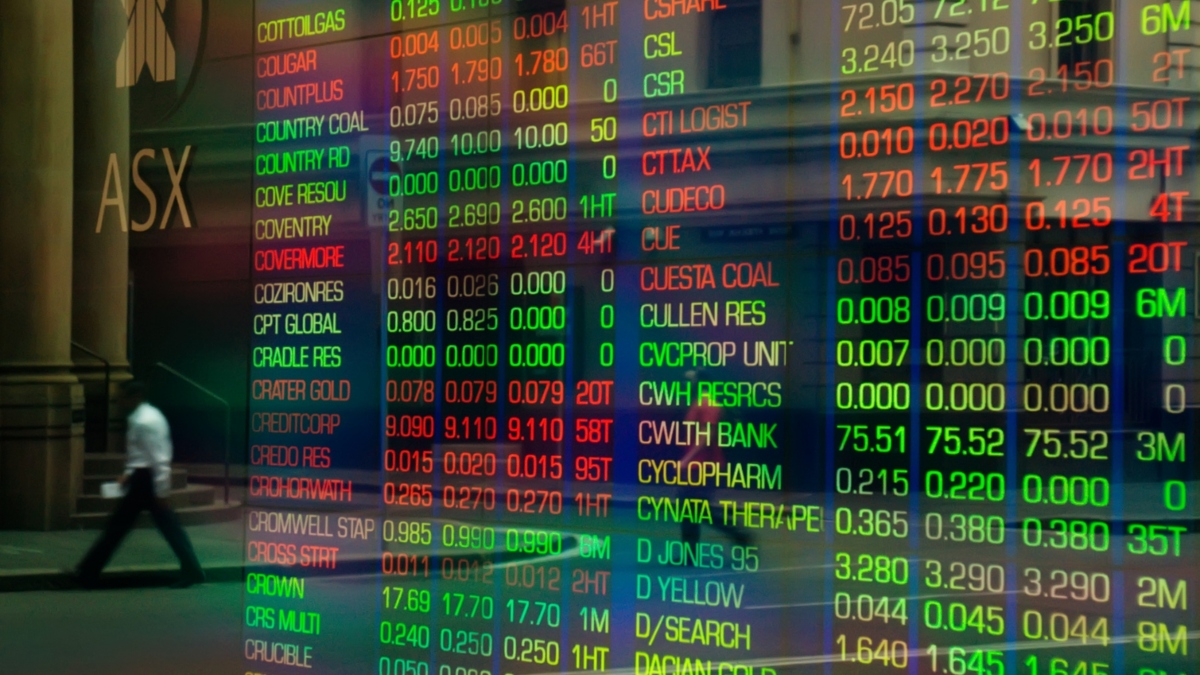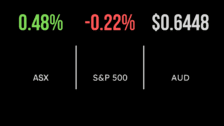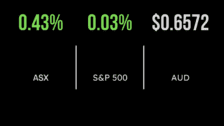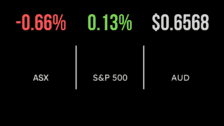Market rallies on China policy, tech jumps, Woolies buys mydeal.com.au
The Aussie market benefitted from the news that the Chinese Government had cut a key interest rate and a late rally in US markets to post a 1.2 per cent gain to finish the week.
The result was driven by a jump in the technology and discretionary sectors, up 4.6 and 2.0 per cent after a tough week for both.
Novonix (ASX: NVX) and Life360 (ASX:360) were among the highlights, gaining 12.1 and 11.7 per cent each.
Woolworths (ASX: WOW) added 0.5 per cent after management confirmed a further expansion into e-commerce with the purchase of 80 per cent of online platform mydeal.com.au.
The deal valued the company at $243 million and gives them a growing online presence.
Crown (ASX: CWN) also finished slightly after sharemarkets resoundingly approved Blackstone’s bid for the company at $13.10 per share.
Chalice Mining (ASX: CHN) was the standout, gaining 19 per cent after the company received approvals to expand its existing WA nickel projects.
The S&P/ASX200 delivered its first weekly gain since April, finishing 1 per cent higher over the five days, with both tech, industrials and materials the standout, whilst the consumer staples sector fell 3.5 per cent amid the broad selloff in US retailing giants.
Chalice and lithium miners Allkem and Pilbara were the top performers over the week, up 27, 17 and 15 per cent, with AVZ Minerals (ASX: AVZ) tanking 21 per cent in a short period.
S&P500 avoids the bear, China cuts benchmark rate, Footlocker outperforms
Corporate earnings and sentiment continue to drive US markets, with the S&P500 falling into bear market territory during the session, representing a 20 per cent fall from the most recent high.
The market managed to finish 0.01 per cent higher, with the Dow Jones up a similar amount and Nasdaq falling 0.3 per cent again.
This resulted in the 8th straight weekly decline for the Dow Jones, the worst streak since 1932, with a 2.9 per cent loss, while the S&P500 was 3.1 and the Nasdaq 3.8 per cent lower.
It remains to be seen what will turn the narrative of the market as the reasons keep being added to the wall of worry but in a positive sign, the Chinese government has cut their key five-year prime lending rate in an effort to stimulate activity across the economy.
Earnings season is nearing a close with traditionally defensive companies like Target (NYSE: TGT) and Ross Stores (NYSE: ROST) both falling more than 20 per cent after reporting weakening revenue growth and a hit to margins likely as consumers switch back to services spending.
Retailer Footlocker (NYSE: FL) outperformed, however, gaining 4 per cent after management reported a slight increase in revenue and a profit of $133 million for the quarter whilst reiterating growth of 4 to 6 per cent for the rest of the year.
Bear market, 20 is in the new ten, defining defensive
The headlines will be all about a bear market in the S&P500 this week after US markets suffered an eighth straight week of losses, but regardless of whether it is a 19 or 20 per cent fall, it is clear that times are changing.
In such an environment it is easy to focus on what could get worse, yet with such a swift fall overseas, the question now becomes how much has been priced in and are recent events now looking at becoming positive catalysts.
That is, markets will likely now react against expected rate hikes, economic growth and other data, rather than absolute movements in rates.
This week reminded us that in a world where information and data are shared quicker than ever, 20 per cent falls are the new ten.
Global retailing giants Target and Ross Stores both sold off by more than 20 per cent after barely falling under expectations for sales growth but were taken as signs the economy is at risk of turning lower.
This offers a unique insight into what many have traditionally defined as ‘defensive’ parts of the market like healthcare and grocery retailers.
2022 has taught us that technology stocks may actually be far more cyclical than many convinced themselves to be, with perhaps a similar case occurring in the healthcare and staples sectors.


